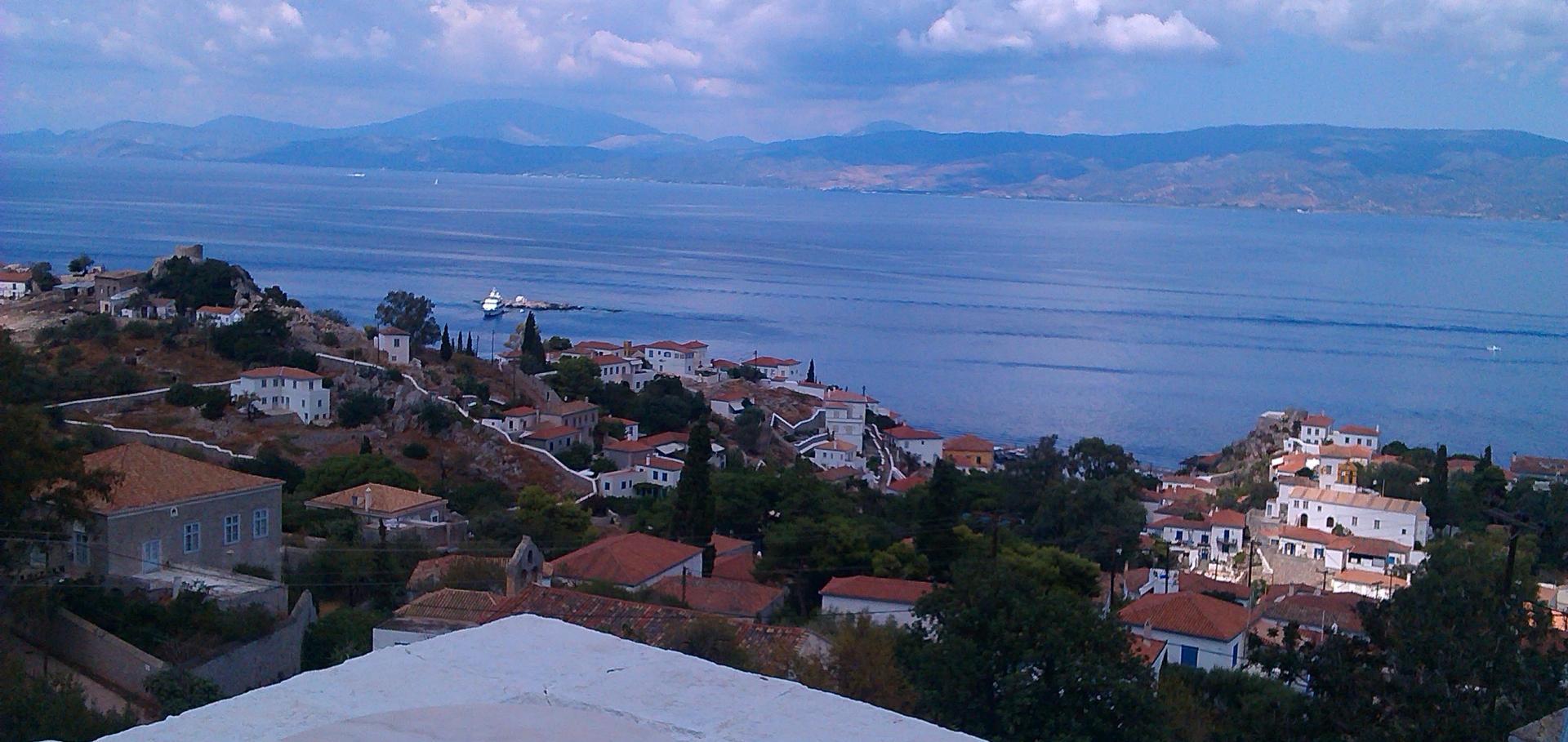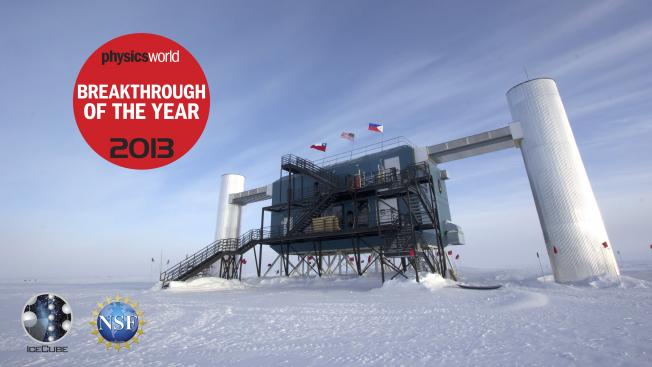Cosmology of the Next-to-Minimal Supersymmetric Standard Model
(1995)
On the Cosmological Domain Wall Problem for the Minimally Extended Supersymmetric Standard Model
ArXiv hep-ph/9506359 (1995)
Abstract:
We study the cosmology of the Supersymmetric Standard Model augmented by a gauge singlet to solve the $\mu$-problem and describe the evolution of the domain walls which are created during electroweak symmetry breaking due to the discrete $Z_{3}$ symmetry in this model. The usual assumption, that non-renormalizable terms induced by gravity (which explicitly break this symmetry) may cause the walls to collapse on a cosmologically safe timescale, is reconsidered. Such terms are constrained by considerations of primordial nucleosynthesis, and also by the fact that by not respecting the $Z_{3}$ symmetry they induce divergences which destabilise the hierarchy and reintroduce the $\mu$--problem. We find that, even when the K\"ahler potential is `non-minimal' (i.e. when the hidden sector couples directly to the visible) the model is either ruled out cosmologically or suffers from a naturalness problem.On the Cosmological Domain Wall Problem for the Minimally Extended Supersymmetric Standard Model
(1995)
Successful Supersymmetric Inflation
ArXiv hep-ph/9506283 (1995)



